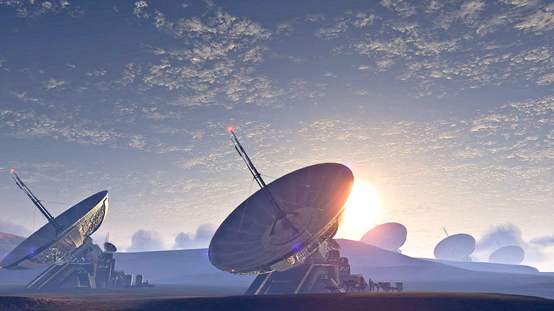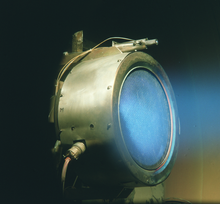The application of xenon in emerging industries
The application of Xenon in the manufacture of flat panel TV
Increased demand for neon and xenon in the flat-panel display market, particularly plasma TVS, has contributed significantly. Plasma displays (PDP) are used to produce large-sized TELEVISION displays (typically 32in or more) with thousands of small sealed low-pressure gas chambers arranged between two glass screens. Indoor filling atmosphere, xenon and other inert gas mixture as working medium.
Xenon gas is used to the space satellite industry
Applications of xenon in the space and satellite industries
Ion engines and ion pulp thrusters used for satellite launch use fuel xenon gas, which is about 4.5 times heavier than air due to its heavy weight and density and is mainly used for orbital position holding and maneuver control of satellites. At the end of the ion engine's magnetic chamber, a pair of metal mesh with positive and negative charges, respectively, ejects the ions at a high speed (about 100 OOOkm/h) with a powerful electromagnetic thrust generated by the positive charge and ammonia, thus generating a recoil that propels the vehicle forward. Its thrust is much smaller than that of a chemical-fueled engine. At full speed, an ion engine can produce only L /llOkgf thrust per 2,500 watt of power consumed, but it can run for months or even years. As a result, the spacecraft can eventually achieve speeds up to 10 times that of a chemical-fueled engine. Xenon's non-condensing properties make ion rocket engines able to start or shut down almost immediately, simplifying the design of power distribution systems and insulators. Xenon as a propellant has the following advantages: no pollution and no chemical reaction with spacecraft surface materials. Non-toxic, will not pollute the space environment and the earth's biosphere. To ensure the health of ground testers and the purification of the laboratory environment. Applications of xenon ion rocket motors have expanded from early stationary and earth-orbit satellites to attitude control, orbital maneuvering, non-propulsion applications for plasma switching and interplanetary navigation. Uses xenon particle engines, usually; A satellite's xenon particle engine is composed of four value gas tanks (2:2 backup) and two power processors, thus completing the satellite's orbital position maintenance. Each xenon particle engine consumes only 2.5kg of fuel per year, so only 5kg per year is needed to maintain the satellite's orbit. Xenon particles produce greater thrust and are both resistant to corrosion and safe due to their inertness. In the mid-1990s, the technology began to be used on a variety of satellites, typically using 60, 000 L of xenon gas.
The XENon ion engine is being tested in a NASA jet laboratory.






 Facebook
Facebook YouTube
YouTube LinkedIn
LinkedIn Twitter
Twitter